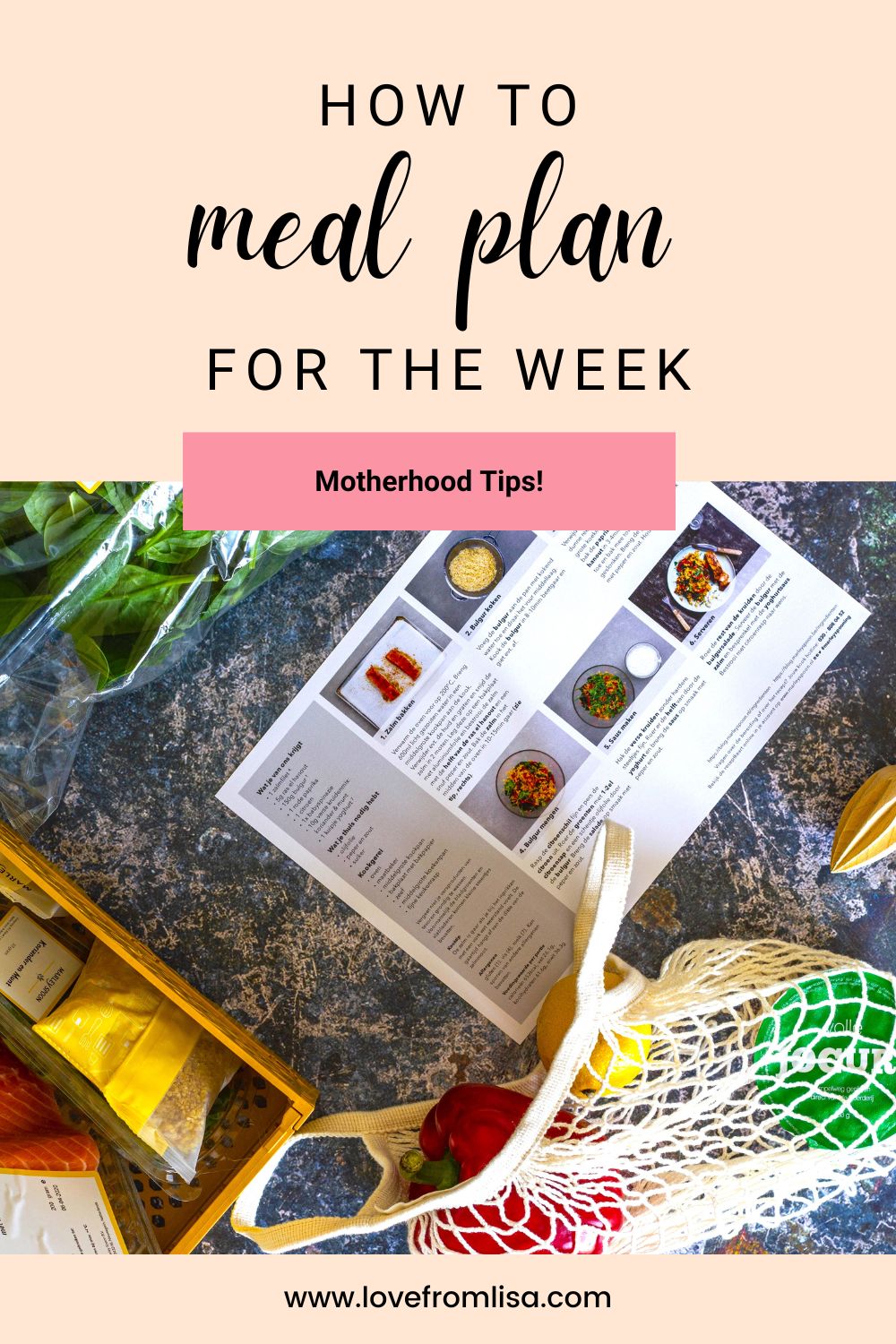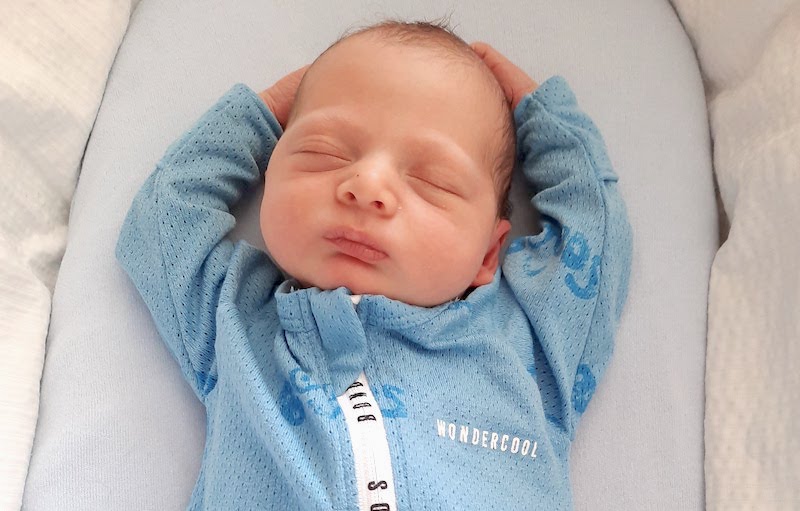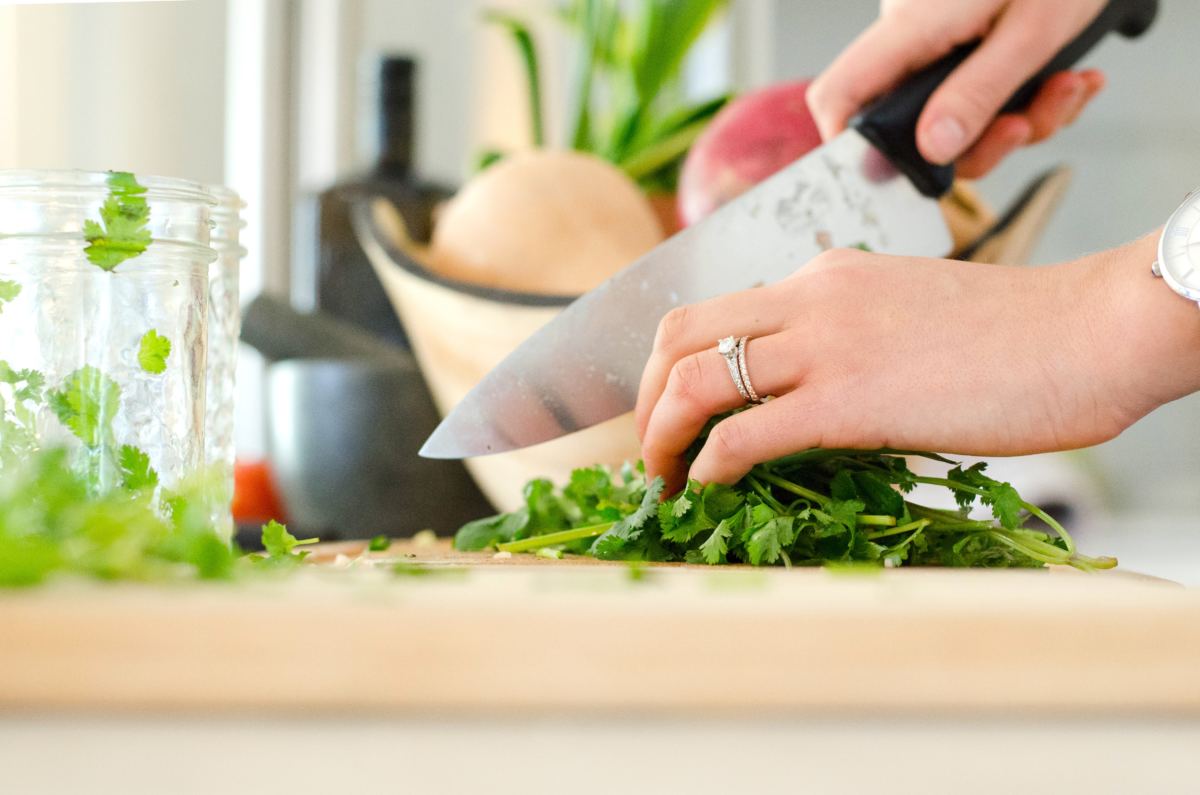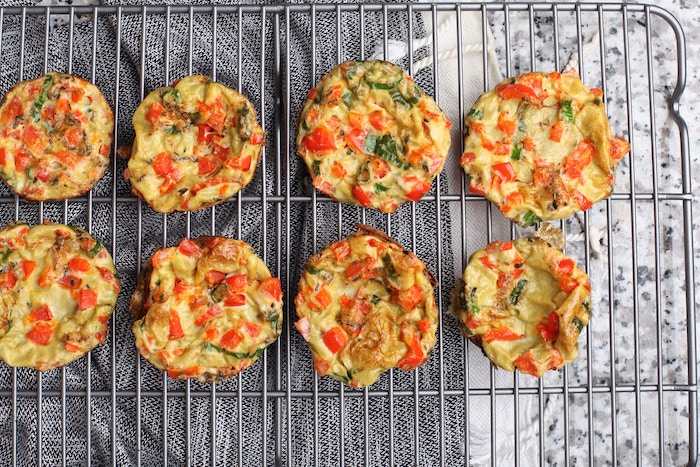How to meal plan for the week

Creating a meal plan for the week is something that we may dismiss because it feels too hard, or because we think it will take too much time.
However, the small amount of time it takes to meal plan is greatly outweighed by the many benefits of meal planning, including the time you’ll save during the week by not thinking about what to cook, and the money you’ll save by not buying duplicate ingredients, or takeaways.
In this post I’ll cover what meal planning is, and how to meal plan, which I hope details how easy meal planning can be once you get started, and how little time it actually takes.
What is meal planning?
Meal planning is writing a plan of the meals you’ll have over a dedicated amount of time.
Some people like to plan all of their breakfasts, lunches and dinners, and some like to plan just selected meals, the most common being dinner.
Whatever the duration of your meal plan, a meal plan details the days of the week, and the meals you want to eat on them.
For the purposes of this post, we’ll be discussing how to meal plan for the week for dinners only.
How to meal plan for the week
If you’ve decided that you’d like to start meal planning, here’s some ways you can do it.
Decide where to write your meal plan
It’s best to write your meal plan somewhere you can easily see it.
This could be on a piece of paper, in your planner, on your digital calendar, on a whiteboard in your kitchen, or like me, on a Google sheet.
Make time to meal plan
In order to make a meal plan, you have to make time to do it.
If you can do your meal plan at the same time each week, it’s more likely to become a habit, and if you schedule it into your calendar and treat it like an appointment, it will definitely get done.
Look at your calendar
Once you’re ready to sit down and write your meal plan for the week, or whatever time period you want to plan for, the first thing you should do is look at your calendar, and take note of the nights you want to eat dinner at home.
Once you know this, look at how much time you have on those nights to cook. If you’ll be getting home late on any of those nights, then you’ll need to cook something quick, or have leftovers.
If you’ll be home early on any of those nights, then you can cook something that takes a long time, or you can try a new recipe.
Fill in your meal plan
There are a few different ways to decide what to cook, here are some of them:
Allocate a main ingredient or meal type to each day
This is what I do when I make a meal plan for the week. I allocate a main ingredient or meal type to each day, and then find recipes that match them.
My main ingredients or meal type by day are:
- Monday – pasta
- Tuesday and Wednesday – quick meals
- Thursday – chicken
- Friday – pizza
- Saturday – new recipe
- Sunday – leftovers
Quick meals are any meals that take 30 minutes or less to cook, or a meal where the oven cooks everything.
I choose quick meals for Tuesdays and Wednesdays because they’re the days when I’m home late, and I don’t have much time to cook.
You could also theme your nights to make meal planning easier, by making Monday pasta night, Tuesday taco night, Wednesday pizza night etc.
Use what you already have
A great way to fill in your meal plan is to use what you already have.
This involves looking in your cupboards, fridge, and freezer, and making a list of everything you have.
Once done you then find recipes that use what you have, which you can do on many recipe websites by typing what you have into the recipe search bar.
Using what you have saves money because you’re not buying duplicate ingredients, and decreases food wastage because you’re using what you have before it expires.
If you’re feeling super organised, you could organise your fridge while you’re checking what you have, or you could plan meals for ingredients that are due to expire soon at the start of the week.
Use leftovers as a meal, or as part of a meal
Using leftovers as a meal means you don’t have to cook at all, or perhaps you could use leftovers as part of a meal, both which save a lot of time.
Using leftovers as part of a meal could mean using leftover pasta sauce by adding it to pasta, using it as base for a curry, or repurposing it in other ways.
A great way to build up leftovers is to double recipes where possible. For example, if you’re cooking a recipe that freezes well like sauces, pies, curries, stews or soups, make double the recipe and freeze half of it for a future meal.
Use a list of favourite meals
This is my favourite way to meal plan for the week, and makes meal planning easy.
Using a list of favourite meals to meal plan means making a list of meals that your family loves, that you can choose from when you’re filling out your meal plan.
For example, perhaps you’ve decided that Mondays are chicken night, when you’re filling in your meal plan, you’d go to your favourite meals list, and choose a chicken recipe, and put it in your Monday section.
So you have more favourite meals to choose from, you could add new recipes to it whenever you try a new recipe that your family loves.
Grocery shopping for your meal plan
Now that you’ve completed your meal plan for the week, it’s time to write a grocery list, which should be done before you go to the grocery store.
To do this, write a list of all the ingredients you’ll need for the week from the recipes you’ve chosen (once done add anything not on the list that you also need).
Write your list wherever is easiest for you, some examples are on a piece of paper, in a digital calendar, or straight onto your supermarket’s app.
Once you’ve written your list, cross off anything that you already have, and if you want to, you could also organise your grocery list to save even more time in the grocery store.
What is meal prep?
Meal prep involves either cooking entire meals, or getting parts of a meal ready before the meal is needed.
For some this means dedicating a chunk of time once a week to cooking as many meals for the week ahead as possible.
For others it means getting parts of a meal done before cooking the meal, such as cutting up vegetables the night before they’re needed, or cooking rice in the afternoon and putting it in the fridge until it’s needed at night.
Meal prep isn’t something that you have to do as part of your meal planning activities, but it could be something you decide to do at some point, or on days where you have time.
Something to remember
Sometimes plans change, there may be nights where you’re too tired to cook what’s on your meal plan, or you decide to cook something from another night.
One of the best things about meal planning is the flexibility to change a night’s meal if needed, because you’ll always have the ingredients for another meal on your plan.
I hope this post has inspired you to make your own meal plan, and if so the key things to remember are:
- Aim to meal plan at the same time each week so it becomes a habit
- Look at your calendar and work out what nights you’ll be home to cook
- When choosing recipes choose them based on a main ingredient or meal type, by using what you have, or using a list of favourite meals
- When creating a grocery list cross off what you already have
How do you meal plan for the week?






